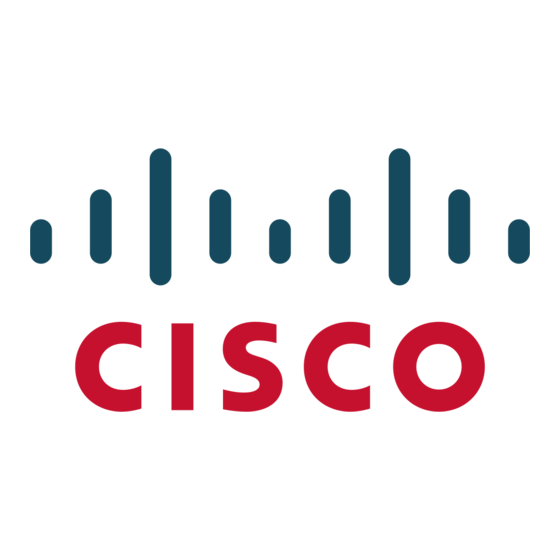Cisco 500 Series Manuel de démarrage rapide - Page 9
Parcourez en ligne ou téléchargez le pdf Manuel de démarrage rapide pour {nom_de_la_catégorie} Cisco 500 Series. Cisco 500 Series 21 pages. Stackable managed switches
Également pour Cisco 500 Series : Manuel d'information sur la sécurité (42 pages), Manuel (4 pages), Guide de démarrage rapide (13 pages), Fiche technique (5 pages), Manuel de l'utilisateur (4 pages), Manuel de l'utilisateur (6 pages), Manuel de l'utilisateur (46 pages), Manuel (40 pages), Manuel d'administration (48 pages), Manuel (24 pages), Dépannage et maintenance (15 pages), Manuel de référence rapide (7 pages), Manuel de démarrage rapide (25 pages)

